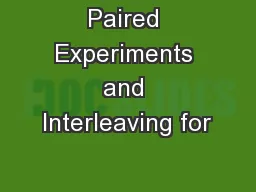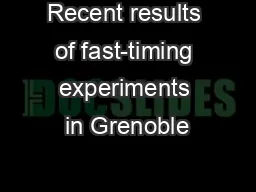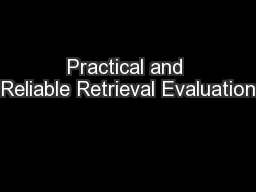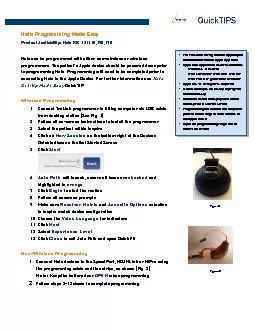PPT-Paired Experiments and Interleaving for
Author : mitsue-stanley | Published Date : 2018-10-14
Retrieval Evaluation Thorsten Joachims Madhu Kurup Filip Radlinski Department of Computer Science Department of Information Science Cornell University Decide
Presentation Embed Code
Download Presentation
Download Presentation The PPT/PDF document "Paired Experiments and Interleaving for" is the property of its rightful owner. Permission is granted to download and print the materials on this website for personal, non-commercial use only, and to display it on your personal computer provided you do not modify the materials and that you retain all copyright notices contained in the materials. By downloading content from our website, you accept the terms of this agreement.
Paired Experiments and Interleaving for: Transcript
Download Rules Of Document
"Paired Experiments and Interleaving for"The content belongs to its owner. You may download and print it for personal use, without modification, and keep all copyright notices. By downloading, you agree to these terms.
Related Documents














